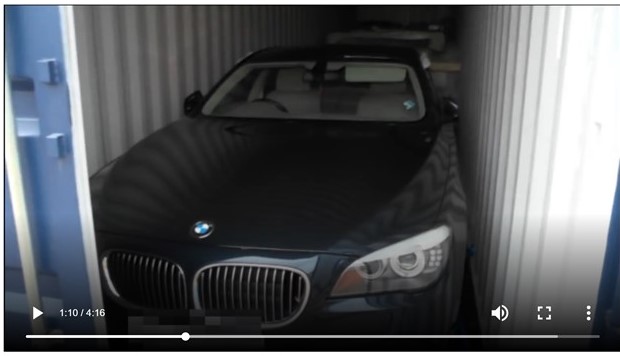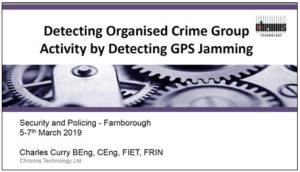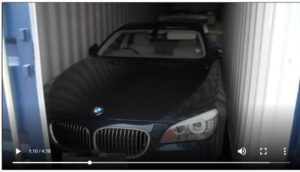Image: UK National Crime Agency
Blog Editor’s Note; Police in the UK have increasingly been using jammer detection as a part of their fight against crime – especially criminal organizations. We have some indication that this is also being done elsewhere. But our impression is that law enforcement is reluctant to admit they are doing this because they don’t want to alert ‘the bad guys.’
We have always found that ‘the really bad guys’ almost always have more money, agility, and situational awareness that the ‘good guys.’ So law enforcement shouldn’t worry about tipping off the really bad guys. They already know. On the flip side, there are many, many more good guys out there who are uninformed. They have lots of other things they are concerned with and probably don’t know how effective jamming detection can be in fighting crime. It’s important to inform them and ensure they have as many good tools as possible.
Making this enforcement technique known will protect society more in the long run than keeping it quiet. Ideally, every law enforcement organization should be able to find jammers. The use of jammers is a crime itself, and is usually paired with an even more serious offence. More jammer detectors in the hands of law enforcement will mean more jamming will be found, and more crime prevented.
This presentation by Charles Curry, CEO of Chronos was recently given to a UK law enforcement conference. In addition to providing a good overview of the issues, it also discusses six case studies using jammer detection to discover a range of criminal activity from driving under the influence to a stopping a major car-theft-and-export operation.
Disclosure: Chronos is a corporate member/supporter of the RNT Foundation.




